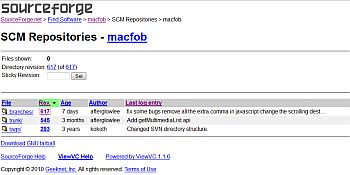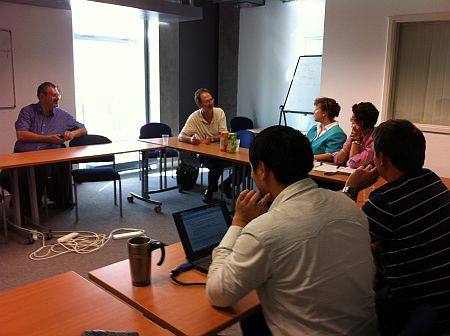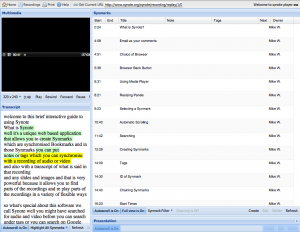 At previous meetings we have rather skirted around all the legal issues but having looked at the JISC Legal website and chatting with Lisa and Mary it was time to ask for help that might address the issues specifically arising at the University of Southampton … Diana Galpin very kindly came to our rescue.
At previous meetings we have rather skirted around all the legal issues but having looked at the JISC Legal website and chatting with Lisa and Mary it was time to ask for help that might address the issues specifically arising at the University of Southampton … Diana Galpin very kindly came to our rescue.
The original version of Synote has some Terms and Conditions that were designed to cover all eventualities related to the use of the service as a way of listening to lectures or replaying videos and audio discussions. The audio and video files were held on other people’s servers and Synote just linked to the output. The ALUIAR version of Synote rather changes the scene, although perhaps not altogether.
Scenario One
Imagine, as is the case with some members of the team, that a researcher in the Health Professions and Rehabilitation Sciences Faculty at University of Southampton is interviewing patients and wishes to record the interview. The video has to be saved in a secure space but the annotations and transcription of that video can be viewed publicly or just shared with the team or kept completely private. 
The settings in both the original and new version of Synote allow for this to occur and with the new upload system in ALUIAR the video can be hosted on a Southampton server that is within the faculty’s control. All the legal aspects that surround the video need to be dealt with by the University and the ethics dealt with by the faculty involved.
The ALUIAR team need to ensure that there is a way of allowing those who download the code to be able to make changes to contact names and to ensure alterations can be made to the Terms and Conditions to suit individual faculty needs.
Scenario Two
A researcher in another institution wishes to use the ALUIAR version of Synote – they can download the code from Source Forge but the team need to add a caveat to the repository pointing out in a sentence similar to this one … “this version of Synote is not controlled or hosted by the University Southampton, who accepts no liability for the content and materials held herein.”
In the discussions with Diana Galpin it was felt that it would be helpful to have two downloads available, one for those based in the University of Southampton and one for other institutions. It was also felt that it would be useful to make a guide regarding what can be uploaded, including limitations as well as a usage reminder – “you are using your own recordings” etc…
 Finally, IP management and source code tracking was discussed with the importance of acknowledging others’ code as part of the tracking process available in the open source repository.
Finally, IP management and source code tracking was discussed with the importance of acknowledging others’ code as part of the tracking process available in the open source repository.
We owe many thanks to Diana, as she has also offered to guide us as to the suitable wording that goes onto the Synote web pages and well as in Source Forge.






